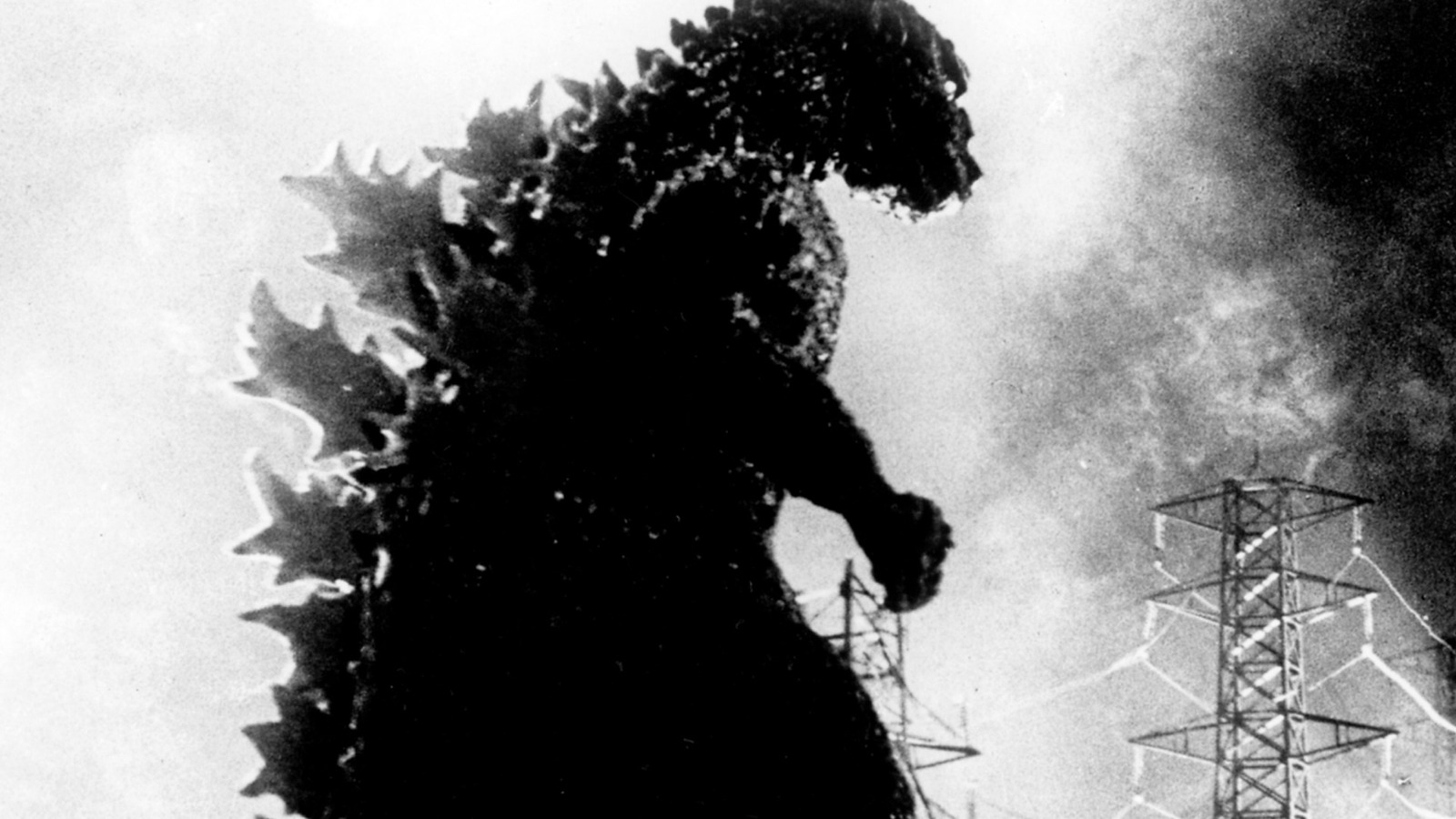
According to William M. Tsutsui’s book “Godzilla on My Mind: Fifty Years of the King of Monsters,” Ifukube grew up with folk musical influences that he channeled into his post-war work, and composed the iconic “Godzilla” theme (that is still used in films featuring the beast) in just one week. Tsutsui delves into Ifukube’s process for creating the roar with the contrabass without traditionally playing the instrument:
“Ifukube was also responsible for Godzilla’s unmistakable roar. After failing to produce anything convincing using recordings of wild animals, Ifukube made Godzilla’s ‘melancholy, ear-splitting cry’ by drawing a leather glove across the strings of a contrabass and manipulating the resulting sound in an echo chamber. Ifukube also created the sonorous, haunting footfalls of the monster, though sources disagree on whether he used a Japanese taiko drum, a scratch-built amplifier, or the electronically altered sound of an explosion to complete the fantasy of Godzilla’s resounding, mighty steps.”
While there’s some dispute regarding the exact method he used to produce the sound of Godzilla’s footsteps, it is clear that Ifukube was especially gifted in drawing out sounds from disparate objects and bringing them together seamlessly. Per the composer’s now-archived official website, Ifukube unwound the E-string of the contrabass and rubbed it vertically, which “produced a strange wail.” This action was carried out by his assistant Sei Ikeno, who wore “leather gloves that were coated in thick, gluey pine tar” and produced these odd, guttural sounds. To grant the roar a final polish, animal sounds were layered on top of its recording and played at a speed that sounded the most authentic. The same roar was subsequently used as a base for the sounds of other monsters, including Varan, Baragon, and Gorosaurus.